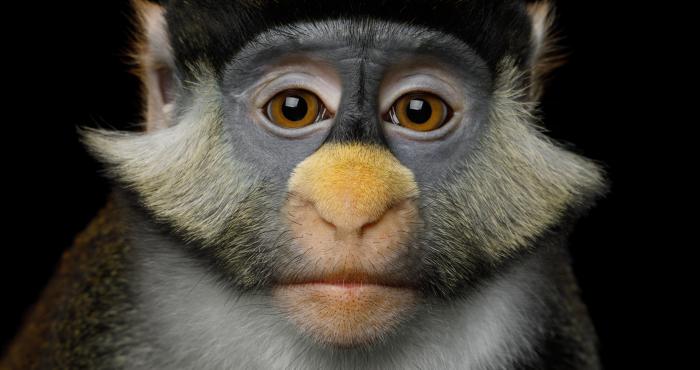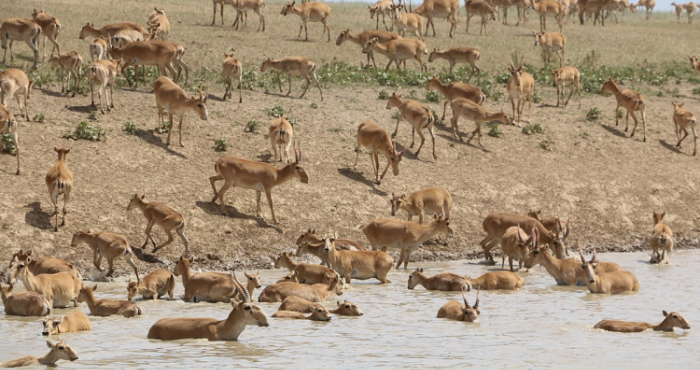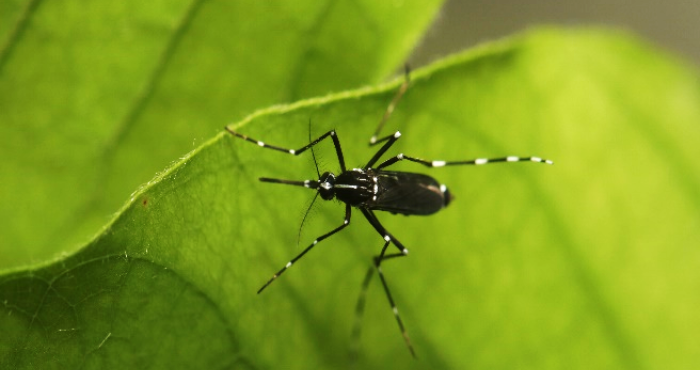
Terrestrial mammals
How is wildlife distributed in the fragmented landscape of Belgium? How can we coexist sustainably with wildlife in our highly urbanised region? Large mammals such as wild boar, roe deer, beavers and wolves need large habitats, but our countryside is highly fragmented. In LifeWatch we use camera traps to monitor these species to better understand their distribution, population trends, behaviour and habitat use.
Why do we study terrestrial mammals
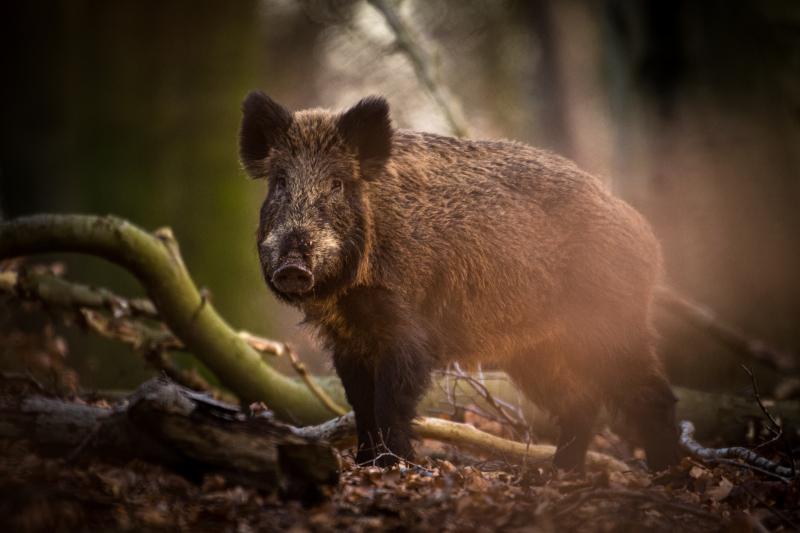
Many large mammal species such as wild boar, roe deer, beavers and wolves have expanded their distribution in Belgium in the past decades or have returned after local extinction. These large species need large habitats, so conflicts may arise between human activities and the natural behaviour of wildlife. It is important to underpin management decisions and nature conservation strategies with sufficient and reliable data. Detailed, long-term data are needed for species distribution monitoring, to estimate species densities and population trends, and to study wildlife behaviour and habitat use in our highly urbanised region.
What we do in LifeWatch
Collecting field data on shy or nocturnal wildlife can be very time-consuming and ineffective. With LifeWatch, we use camera traps for wildlife monitoring. Camera traps register all medium- to large-sized animal species that approach the camera, while many researchers are mainly interested in a specific group of animals. Nevertheless, data on other species can be very useful to monitor changes in species compositions and the introduction of invasive alien species. Therefore, an overarching initiative such as LifeWatch can be help to unite camera trappers and to share as much information as possible with the scientific community.
With LifeWatch we provide a standardised, high-quality set of camera traps to researchers and policymakers. We provide data management services (the Agouti platform) and we publish datasets using a community-developed data standard (camtrapDP). Information that can be typically derived from camera trap images include animal species, number of individuals, their sex, age class, and behaviour, and, in case the animals are individually tagged, their name or tag code. Images are often captured as a burst of images, which allows us to better understand their behaviour or measure their walking speed.
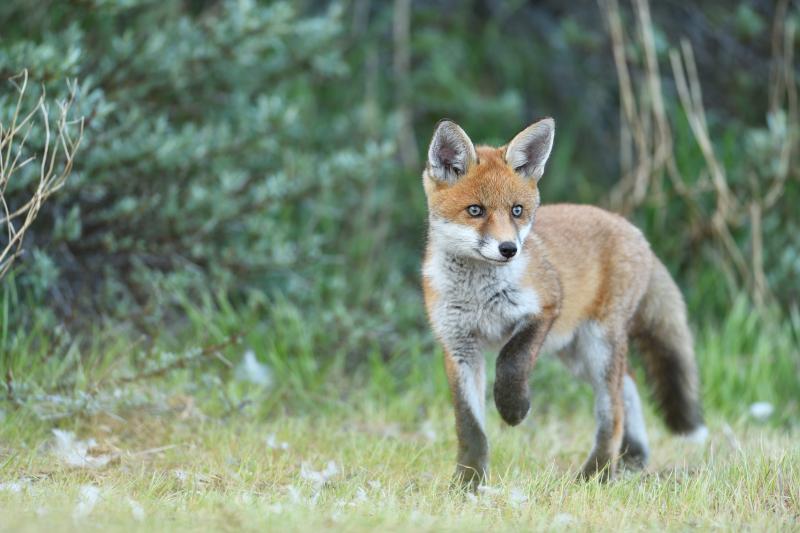
Data & Services
Related stories
Related news
-
Global Cyperaceae Database now online 
Global Cyperaceae Database now online
Through the iSedge project, the Cyperaceae now have their dedicated online portal on the Aphia platform. -
New collaboration between WoRMS and Edaphobase 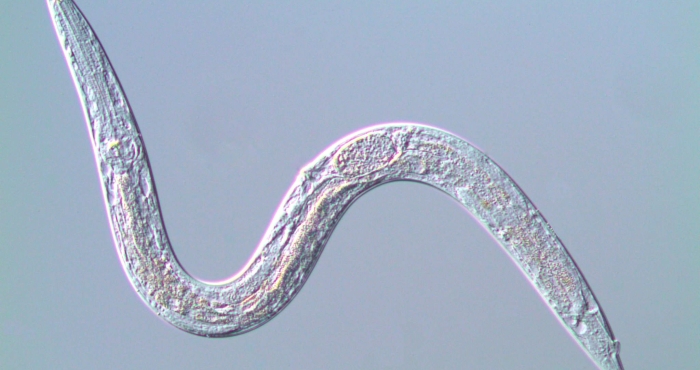
New collaboration between WoRMS and Edaphobase
Edaphobase and WoRMS started a collaboration on the exchange of taxonomic information on soil biodiversity. -
Agouti has a new look! New website and functionalities for improved user experience. 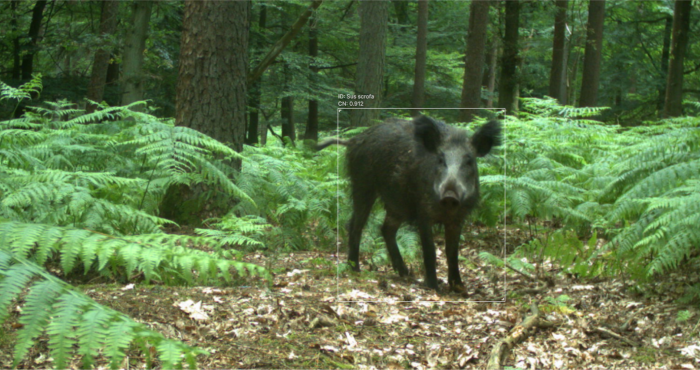
Agouti has a new look! New website and functionalities for improved user experience.
Recently, a new version of Agouti has been released. This time, major improvements have been made to the camera trap platform, based on feedback from the user community -
The LifeWatch ERIC BEeS: abstract book, video recordings and more! 
The LifeWatch ERIC BEeS: abstract book, video recordings and more!
The LifeWatch ERIC family met again, for the first time in four years, at the "BEeS" Biodiversity & Ecosystem eScience Conference. It took place in Seville from 22 - 24 May, on the occasion of the International Day for Biological Diversity. Explore the abstract book, watch the video of the live-streamed round table, and download the presentations!



